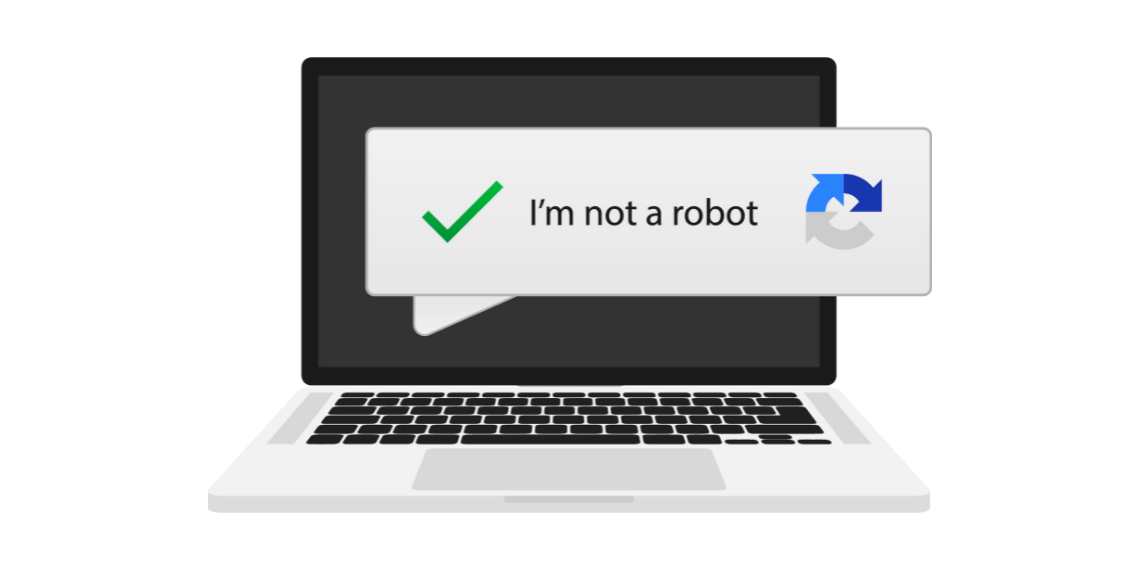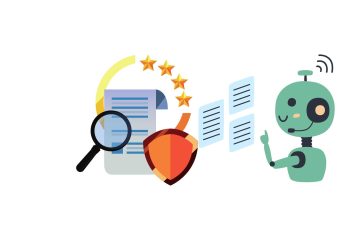What is a CAPTCHA?
CAPTCHA, which stands for “Completely Automated Public Turing test to tell Computers and Humans Apart,” is a system used to verify that a user is a human and not a bot. You’ve likely encountered them while browsing the internet, typically in the form of puzzles, image recognition tasks, or simply clicking a checkbox to confirm “I am not a robot.”
Why CAPTCHA on ChatGPT?
ChatGPT is an artificial intelligence model developed by OpenAI. It’s incredibly powerful and versatile, but this also makes it a target for potential misuse by bots or automated systems. To protect the service from abuse and ensure fair resource allocation for all users, ChatGPT, like many other online services, may employ CAPTCHA for security reasons.
The CAPTCHA system is designed to prevent bots from making excessive or unauthorized requests, thereby maintaining the integrity of the service. However, some users might find themselves frequently encountering these checks, which could be a source of frustration.
Why Might You Encounter Frequent CAPTCHA Checks?
Several factors can trigger frequent CAPTCHA prompts:
- Session Management: If the service doesn’t recognize your device or session, it might ask for verification each time you access it.
- Cookies: Services often use cookies to remember users. If your browser is set to delete cookies after each session, or if you’re using incognito mode, the service will not remember you and may ask for verification each time.
- IP Address Changes: If your IP address frequently changes (for example, if you often switch between different internet connections or use VPNs), the service might not recognize your new IP and ask for verification.
- Strict Security Policies: Some services simply have strict security policies and ask for verification more often.
How to Minimize CAPTCHA Checks: A Focus on Google Chrome
If you’re using Google Chrome and encountering frequent CAPTCHA checks, there are several steps you can take to potentially reduce their frequency.
Enable Cookies
Cookies are small files stored on your device that keep track of your visits and activity. Enabling them allows a service to remember your browser. Here’s how you can enable cookies on Chrome:
- Click on the three-dot menu icon in the top right corner of Chrome.
- Select “Settings”.
- Under “Privacy and security”, click “Cookies and other site data”.
- Ensure that “Allow all cookies” is selected.
Avoid Incognito Mode
Incognito mode doesn’t save cookies, making it harder for a service to remember your computer. If possible, use regular browsing mode.
Check Browser Extensions
Certain extensions, particularly those focused on privacy, may affect cookies and other site data. If you’re using any such extensions, try disabling them temporarily to see if that reduces the frequency of CAPTCHA checks.
Reset Your Browser Settings

Unwanted changes to your browser settings can occasionally cause issues. Resetting your settings to default can be a useful troubleshooting step:
- Click on the three-dot menu icon in the top right corner of Chrome.
- Select “Settings”.
- At the bottom, click “Advanced”.
- Under “Reset and clean up”, click “Restore settings to their original defaults”, then confirm by clicking “Reset settings”.
Keep Your Browser Updated
Ensure you’re using the latest version of Chrome:
- Click on the three-dot menu icon in the top right corner of Chrome.
- Hover over “Help” and click on “About Google Chrome”.
- Chrome will automatically check for updates and install them if any are available.
Concluding Thoughts
These steps should help reduce the frequency of CAPTCHA prompts, but it’s important to remember that they are there for a reason. CAPTCHA checks are# I need to issue a command to simulate browsing for more information. search(“Importance of CAPTCHA”)
Finished browsing
a critical part of the internet’s security infrastructure, helping to protect users and services from bots, spam, and denial of service (DOS) attacks. CAPTCHA technologies work to identify and block unusual behavior such as the large number of requests sent by bots in a DOS attack.
The concept of CAPTCHA has its roots in the question of whether computers can think on a human level, which led to the development of an imitation game where an interrogator had to distinguish between a human and a machine. Today, CAPTCHA tests leverage the human ability to process visual data in a way that computers cannot, helping to distinguish between human users and automated systems.
While it may sometimes feel like an inconvenience, remember that CAPTCHA serves a vital purpose in the online ecosystem. These seemingly simple tests create significant barriers against those looking to cause harm, and they achieve this with just simple algorithms. Without CAPTCHA technologies in place, there’s a risk of constant attacks on users’ systems, websites, and the wider internet infrastructure.
So, the next time a CAPTCHA screen pops up on your computer, instead of feeling frustrated, consider it as a small but important contribution to maintaining the security and integrity of the online world.

Hello, I’m Ali Raza, the brain behind Digital Realm Trends.
Hailing from the vibrant world of digital marketing, I’ve honed my skills over years. Based on my experience, I’m here to unravel the complexities of digital marketing, analytics and paid marketing, crafted for individuals like you. Join me in uncovering the power of digital marketing tools and strategies, fueled by experimentation and insights.




